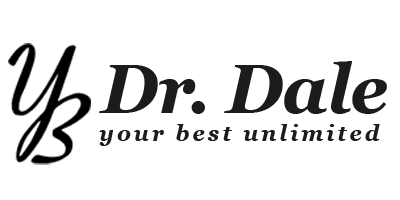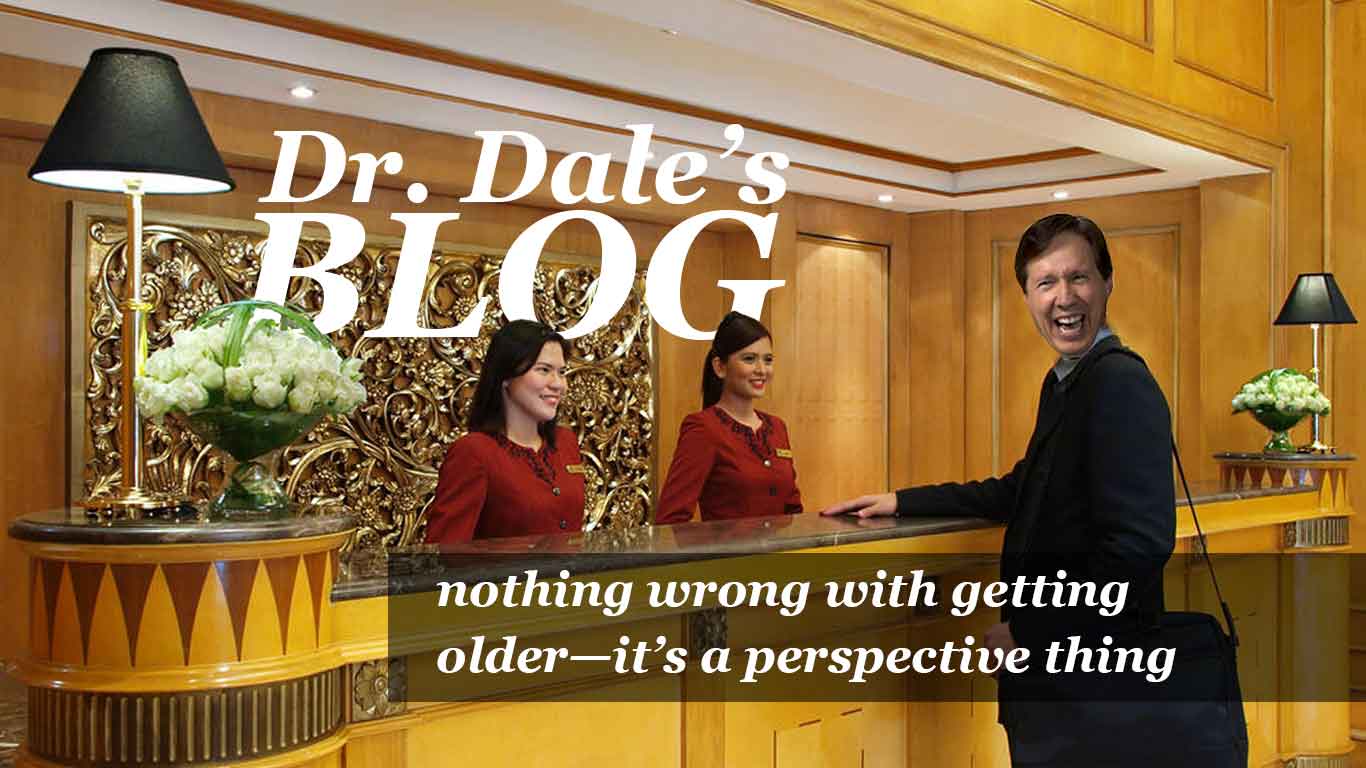communication, customer service, empowerment, sales
Nothing Wrong with Getting Older—It’s a Perspective Thing
There is something rewarding about getting older. You can surprise people! First, you can surprise them with stuff they don’t know. For example, I checked into a hotel for a presentation the following day. My typical first question upon checking in is, “Where is my organization meeting?” I looked at the clerk and began to ask the question, but before I asked, she pointed at a corridor and told me the ballroom my group was meeting in! I laughed and said, “Well, thank you, Radar O’Reilly.” That’s when I got the look!
If you are a senior, you will get it quite often—it’s the surprise look. You know something they don’t know, and it really feels good. I know that groceries used to be carried out in boxes, not just carried in in boxes. When I say Coke, I really mean anything; Pepsi, RC, (and a Moon Pie is optional) or Coke, but I love it when they almost apologize and say, “Is Pepsi ok?” I love the way an eight track tape “Kaclicks” when it changes track. (Ok, just Google it!) But some stuff isn’t old—it just gets old. I’m going to do a four-week series on stuff that gets old.
This week’s edition is the following comment: You are valuable, we appreciate your business, and look forward to serving you (it’s a recording, followed by music, and it is repeated several times). I believe there is something tremendously powerful when your words match your actions. I don’t like recordings; I like people. People are magic, powerful, and this isn’t old, it is pertinent. So, let’s push the customer to their station of importance and honor them by giving them a real voice. How about: You are valuable, and we appreciate your business, so, we don’t want to look forward to it—we want to guarantee it! (Delivered by a real live person.) Here are some tips about your new, old perspectives!
1. Smile, literally
Smiles translate through the phone, but they should be used at appropriate times. You don’t want your customer service to come off as unauthentic, but you should still always be cordial during conversations. Smile as you would in a face-to-face conversation. It’s helpful to have a mirror on your desk so you can look at a friendly face.
2. Mirror a customer’s’ language and tone
Part of the job in customer service is mirroring a customer’s language and tone. Mirroring another person’s language and tone can help create connection. That said, if a customer is angry, you don’t want to copy their frustration. Instead, try increasing your volume just a little, and then quickly work to bring the intensity down a notch. Customers respond well when the help they’re receiving is coming from someone who’s clearly level-headed and cares for their issue.
3. Listen first, then validate the problem
When customers are upset or frustrated, they might not be able to take in what you say—even if it’s the right answer. Listen first, let them calm down, and then try to help solve their problems. Empathy is always your most crucial ability in customer service.
4. Acknowledge the customer
Customers need to feel heard, so tell them that you understand the reason for their call. They’ll appreciate the touch of empathy, and it will go a long way towards making an angry customer’s experience much, much better. Customer service that goes the extra mile to recognize what ails their customers comes off as more human and reflects well on the company.
5. Summarize your help
You’ve got to listen to a customer’s problems in order to repeat back to them with supportive language and summarize the help that you’re providing them. Being able to adequately communicate everything that you’re doing to help is one of the top job skills for customer service agents.
6. Communicate hold times
Even if you’ve just handled a call really well, you can lose a customer by leaving them on hold for too long. This is especially true if you haven’t set their expectations first. It ultimately reflects poorly on your customer service and your company’s reputation.
7. Use templates, not boilerplates
For efficient customer service, you’ll want to use templates that include some pre-written text. At Zendesk, they call them macros. Templates are like guidelines: they shouldn’t be overly rigid and unwavering, but can provide a helpful structure for common responses (like a list for step-by-step responses). Even though the whole team can use it, you’ll want to personalize your own answers before replying to customers. This leads to a more personal interaction (and a more fulfilling customer service job).
The real goal here is to be human. It never gets old!




